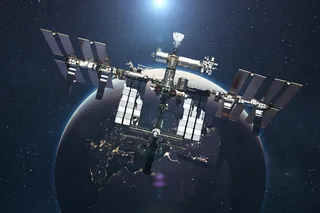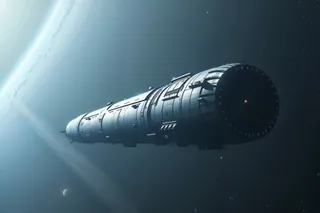Researchers have tested a small, portable magnetic field that could be just the protection required for a manned expedition to Mars, when astronauts would need to be protected from radiation from solar storms. Researchers say the lab experiment is the proof of concept for a magnetic force-field that mimics the protective qualities of the Earth's magnetosphere, which shields our planet from that same radiation.
Outside Earth's protective atmosphere and magnetic field, supersonic particles from stellar processes run amok, screaming through space and tearing through just about anything in their path—including the bodies of astronauts, where they can wreak havoc on genetic material [Scientific American].
Astronauts on the International Space Station are within Earth's protective magnetic field, so the Apollo astronauts who went to the moon are the only humans who have been exposed to this radiation; happily, there were no major solar storms during their quick trips to the moon ...













